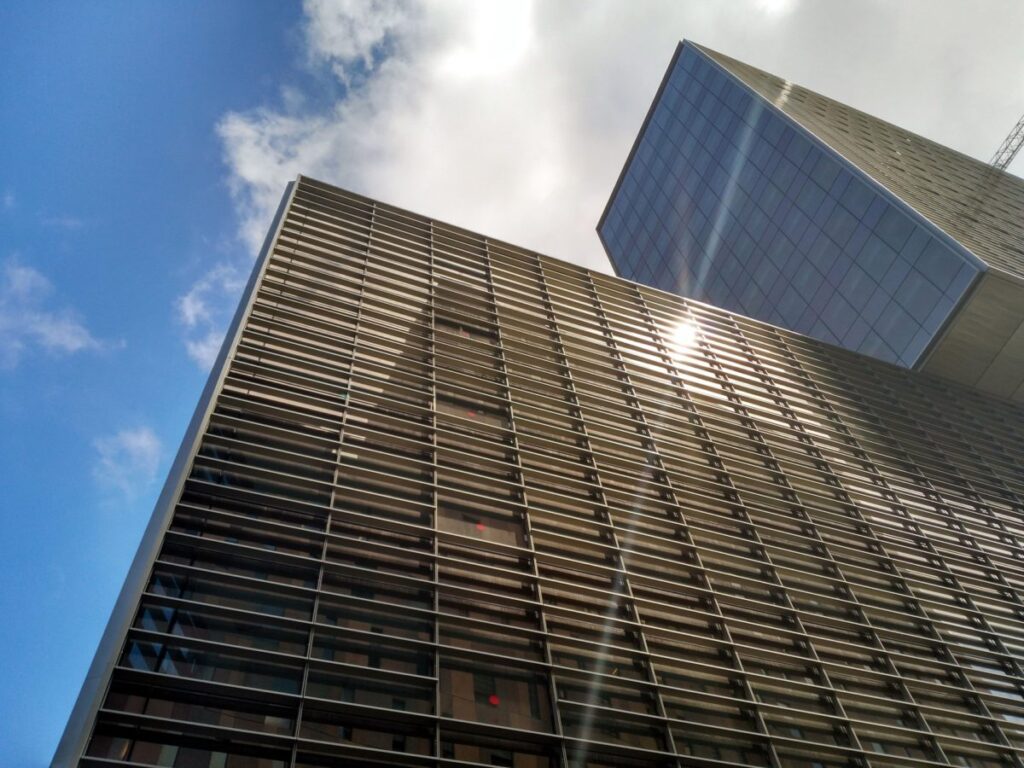Researchers in Iran developed a passive cooling method for solar module using silicon carbide porous ceramics. In combination with phase change materials, the technology reportedly increases the performance of the panel by a maximum of 7.4%.
A group of researchers from the Iran’s University of Tehran has developed a porous ceramic silicon carbide (SIC) that, especially if used in combination with a phase change material (PCM), can lower the temperature of the solar module and increase its efficiency.
PCMS absorb, store and release large amounts of latent heat over defined temperature ranges. They are often used at research level for PV module cooling And the storage of heat.
The new passive cooling technology was tested in two different configurations – sic porous ceramics with water and sic porous ceramics with phase change materials (PCM) – and their cooling performance was compared with those of other passive techniques such as cellulose cushions with water, aluminum shields with PCM.
“Although numerous studies have investigated various refrigeration techniques, few have included an extensive economic analysis to determine the feasibility and cost -effectiveness of these materials,” the scientists said. “This study bridges this gap by proposing the use of cheap, sustainable materials for passive cooling to improve not only the electrical and thermal performance of PV panels, but also to offer a cost-benefit analysis that demonstrates the economic viability of the proposed solution.”
The metal pellets were recovered from waste from ball bearings, the aluminum curls of industrial waste and the cellulose cushions came from air cooling devices. The SIC-Porous ceramic medium was made with black SIC, green SIC, Alfa-aluminum oxide, Balklei, Colloidal Silica and Polyvinyl alcohol (PVA) 2088.
The selected PCM was Residuwas, with an olige content of 30% to 50% and a melting point from 40 ° C to 45 ° C. “The most important criteria for selecting the PCM type had to be low costs, have a melting point of less than 45 ° C, less common in the Literature,” explained their choice.
For their analysis, the research team applied all cooling media to a polycrystalline silicon module of 20 W, where each of the five configurations were tested in Tehran for three consecutive days. Temperatures were followed using a digital temperature goggler. Further economic analysis was based on local market conditions, with an assumed lifespan of 20 years and an inflation of 10%.
“The most important temperature reduction in the PV panel was observed in the scenario using metal pellets and PCM, which represents a decrease of 16.3% compared to a PV panel without a cooling system,” the scientists said. “Moreover, an average improvement in the electrical efficiency of 10.6% was achieved. Economic analysis revealed that the cooling scenario with metal pellets integrated with PCM the lowest livalized costs of energy (LCOE) showed under the proposed cooling methods, for $ 0.134/kWh.”
The SIC -Porous Ceramic with PCM was able to achieve a temperature reduction of 10.9% and an electric efficiency increase of 7.4%, with an LCO of $ 0.165/kWh. The cooling medium made from aluminum curls with PCM recorded a temperature drop of 9.3%, an efficiency increase of 5.3%and an LCOe of $ 0.139/kWh.
“The water-based cooling scenarios with SIC-Poreuze ceramic and cellulose cushions resulted in a temperature drop of less than 4.2% and an electrical efficiency improvement of less than 3.2% compared to the independent PV panel. Moreover, the resulting LCOE, $ 0.155 varied.
The results were presented in “Experimental research of photovoltaic passive cooling methods with cheap metals, ceramic and cellulose porous media“Published in Energy conversion and management: X.
This content is protected by copyright and may not be reused. If you want to work with us and reuse part of our content, please contact: editors@pv-magazine.com.

